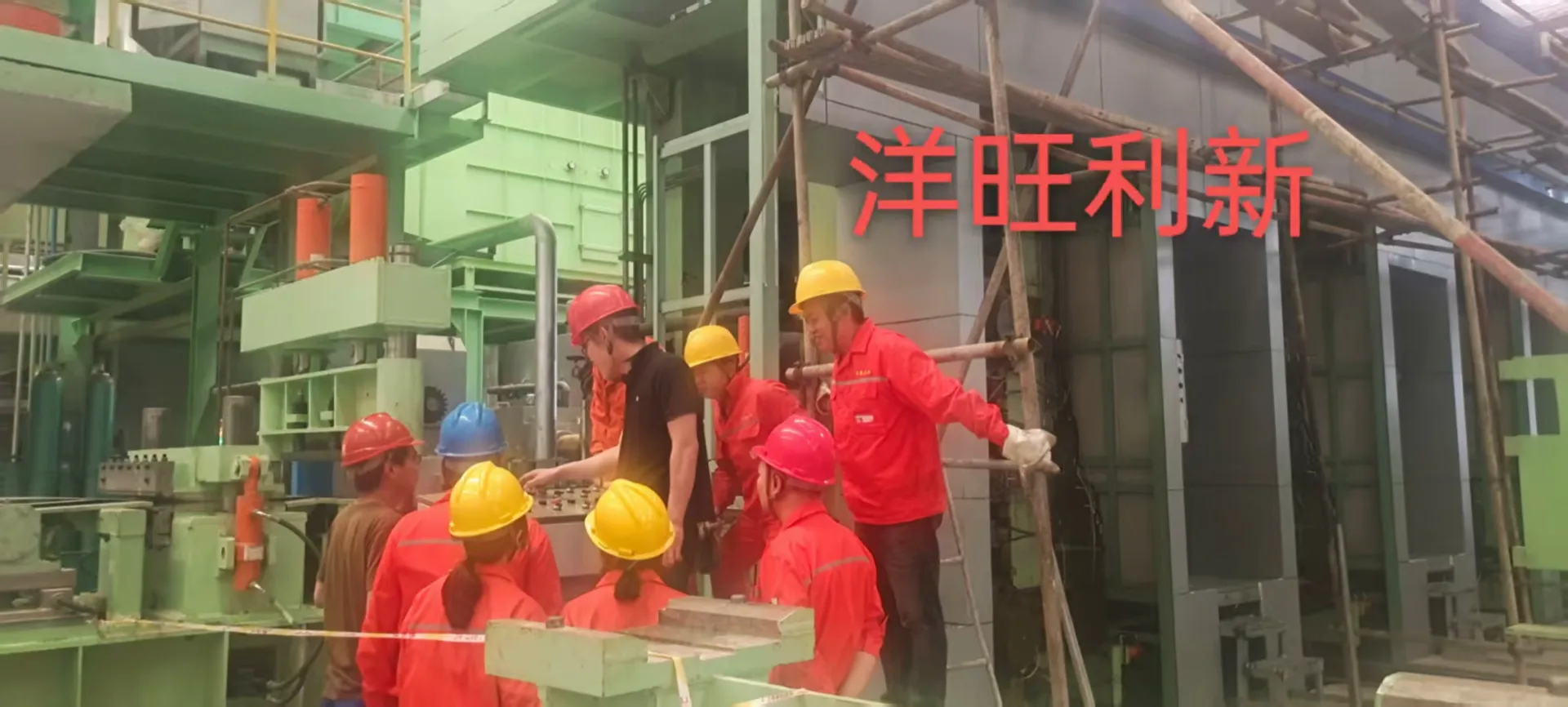
Reversible Cold Rolling Mill: Advanced High-Strength Steels (AHSS) Processing
The production of advanced high-strength steels (AHSS) represents one of the most technically demanding applications for reversible cold rolling mills. These sophisticated alloys, including dual-phase (DP), transformation-induced plasticity (TRIP), and martensitic steels, require precise control over cold reduction ratios and subsequent heat treatment parameters to achieve their unique microstructures and mechanical properties. The reversing rolling mill provides the necessary flexibility to implement complex rolling schedules that may involve varying reduction percentages between passes or even changes in rolling temperature for certain grades.

Dual-phase steels, consisting of a soft ferrite matrix with hard martensite islands, particularly benefit from the processing capabilities of a cold reversing mill. The controlled work hardening achieved through multiple reversing passes helps develop the dislocation structures that will later interact with the phase transformation during continuous annealing. Similarly, TRIP steels, which rely on retained austenite to provide exceptional formability and energy absorption, require carefully balanced cold reduction to optimize the stability of this metastable phase. The reversing cold rolling mill allows metallurgists to fine-tune these parameters with precision unmatched by continuous processing lines.
Martensitic grades present perhaps the greatest challenge for reversible cold rolling mills, combining high alloy content with the need for severe cold work prior to final heat treatment. These ultra-high-strength steels, used in ballistic protection and safety-critical automotive components, often undergo reductions exceeding 80% in the cold state. The reversing configuration provides the necessary control to achieve such extreme deformation without compromising strip shape or surface quality, while also allowing for intermediate stress relief when processing the most demanding alloys.
Electrical Steel Production in Reversing Mills
The manufacturing of electrical steels in reversible cold rolling mills represents a specialized application where precise thickness control and microstructure development are paramount. Grain-oriented electrical steel (GOES), used in transformer cores, undergoes a complex processing route that includes hot rolling, normalization, and multiple cold rolling passes with intermediate annealing. The cold reversing mill provides the necessary control to achieve the severe reductions (up to 90% total) required to develop the sharp Goss texture that gives these materials their exceptional magnetic properties in the rolling direction.
Non-oriented electrical steels (NOES), used in electric motor laminations, also benefit significantly from processing in reversing rolling mills. While these materials don't require the extreme texture control of GOES, they do demand precise thickness tolerances and uniform mechanical properties throughout the coil length. The reversing configuration allows for excellent gauge control, particularly important as motor manufacturers increasingly specify thicknesses below 0.35 mm to reduce eddy current losses in high-efficiency motors. Furthermore, the ability to implement skin-pass rolling after final annealing enables precise control over surface roughness and residual stress levels, both critical parameters for stamping performance and core loss characteristics.
The production of high-silicon electrical steels presents particular challenges that reversible cold rolling mills are uniquely suited to address. Alloys containing 3% or more silicon become extremely brittle at room temperature, making conventional cold rolling impossible. Specialized mills equipped with heated rolls can maintain the material at temperatures up to 200°C during processing, significantly improving workability. The reversing configuration allows for controlled reductions with minimal edge cracking, enabling the production of these high-efficiency electrical steels that would otherwise be unprocessable by conventional cold rolling methods.
-
Indian Clients Visit YWLX to Inspect Skin-pass MillNewsJun.22,2025
-
Typical Products from Reversing Cold Rolling ProcessNewsMay.26,2025
-
Surface Finish Improvement through Skin Pass RollingNewsMay.26,2025
-
Integration of AGC Systems in Modern Cold Rolling MillsNewsMay.26,2025
-
Cold Rolling in the Context of High-Strength Steel DemandNewsMay.26,2025
-
AGC in Hot Rolling Mills: Challenges and SolutionsNewsMay.26,2025
-
Why Reversing Cold Rolling Mills Are Ideal for Specialty MetalsNewsMay.13,2025










